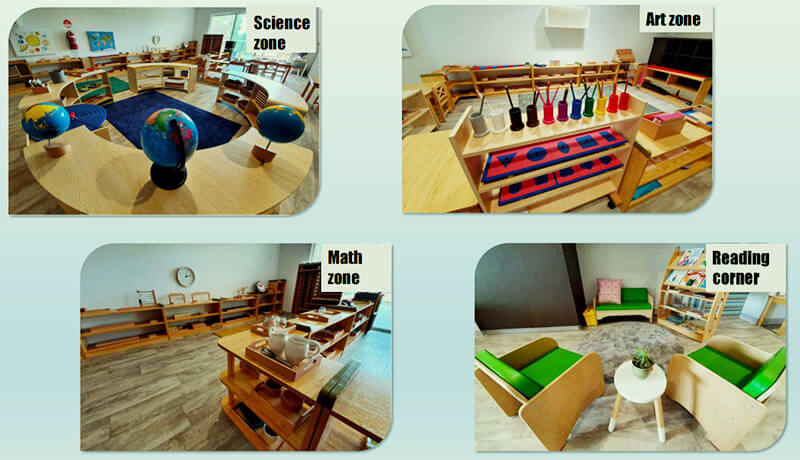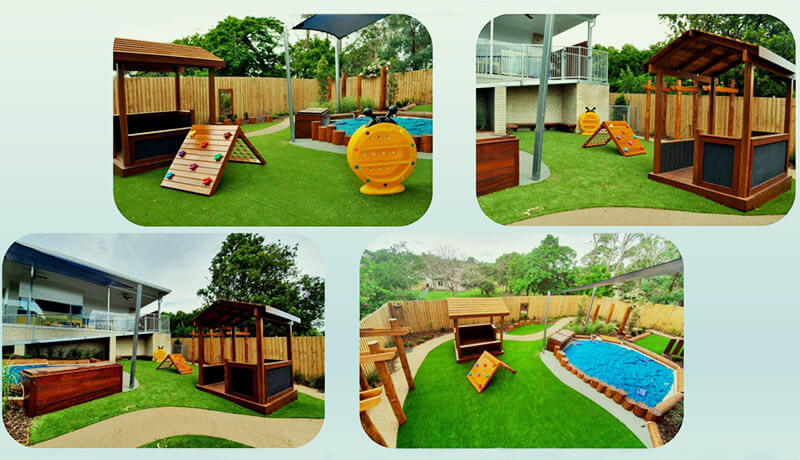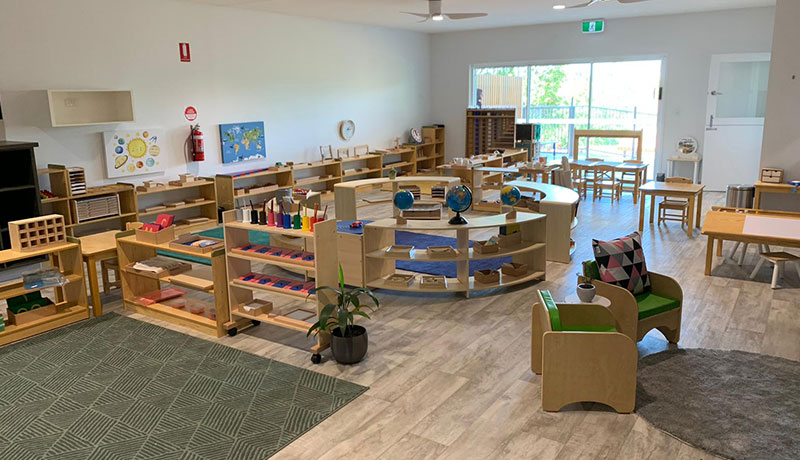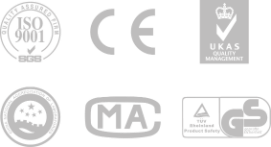Montessori can be a great addition to your existing preschool curriculum! Built on the Montessori method of education and philosophy–based on scientific research and life works of Montessori preschool classroom. Essentially, the philosophy empowers children to become independent thinkers, confident in their abilities, and resilient in their endeavors.


After we pay attention to space design, we gradually understand that design can change people’s moods in space. Whether the design of a kindergarten is bright and wide affects the physical and mental health of children. We can also see the educational concept advocated by the kindergarten space design.
The designer of the kindergarten must think about how to carry out teaching activities in order to put the kindergarten into practice. Behind the scenes, they act as parents, educators, architects, and so on.
Powerful Tips For Implementing Montessori In Your Preschool
This comprehensive guide provides you with tried-and-true tips for introducing the Montessori approach in the classroom.
Montessori is an educational method developed by Maria Montessori that encourages children’s independence and self-motivation by engaging them in hands-on activities. Introducing this approach in the preschool classroom can be a great addition to your existing curriculum. Here, you’ll find tips on how to incorporate Montessori into your teachings and create a more open learning environment for young children.
Learn the Basics of Montessori Theory
Before implementing the Montessori method in your preschool classroom, it’s important to first understand the core principles of this educational approach. Montessori is based on the idea that children learn best when they’re actively engaged in their education, given freedom within limits to explore, and are presented with interesting materials in order to promote critical thinking and problem-solving skills. Familiarize yourself with these concepts before beginning your Montessori journey!


Set Up a Montessori Learning Environment
When introducing Montessori in your classroom, the first step is to create an environment that inspires learning and exploration. This means you must arrange a classroom that provides plenty of space for movement, adequate materials to explore new concepts and activities, and opportunities to learn independently. Additionally, ensure classrooms are set up with distinct areas dedicated to language, practical life skills, math, science, and more. These areas should be stocked with materials designed specifically per age group or level of ability in order to provide children with the necessary tools for learning.
Implement Structured Choice Time for Students
Choice time is an important part of the Montessori philosophy. During choice time, children are presented with the opportunity to select their own activities and materials. This autonomy allows them the freedom to explore and learn in ways that make sense to them. Before providing access to choice time, it’s important to provide structure by presenting only a limited number of items during each session. This helps ensure children don’t become overwhelmed or overstimulated and allows them the process of selecting an activity more quickly.


Encourage Students to Take on Special Projects
A great way to encourage and engage children in Montessori is to give them the opportunity to take on special projects. Projects are an important way for children to take initiative and explore their interests. They can focus on anything from an artist or author whose work they admire, to a topic in history or science that fascinates them. Invite your students to collaborate on these projects as part of a larger group, such as an art collage, a music performance, or a collaborative writing project!
Guide Students Through Developmental Stages with Small-Group Activities and Hands-On Learning Experiences
Small-group activities and hands-on learning experiences are essential for a successful Montessori curriculum. Through guided instruction, teachers can help their students feel comfortable exploring the classroom with independence and curiosity. Helping children progress through each stage of the Montessori experience is important, as it will allow them to gain confidence in their process of discovery. Additionally, this type of learning has been shown to lead to improved academic achievement!

